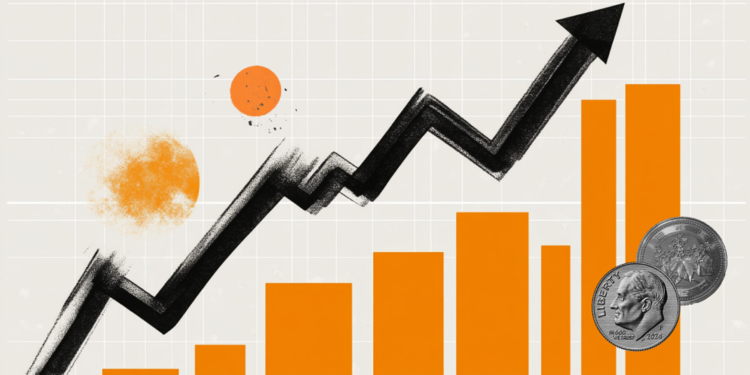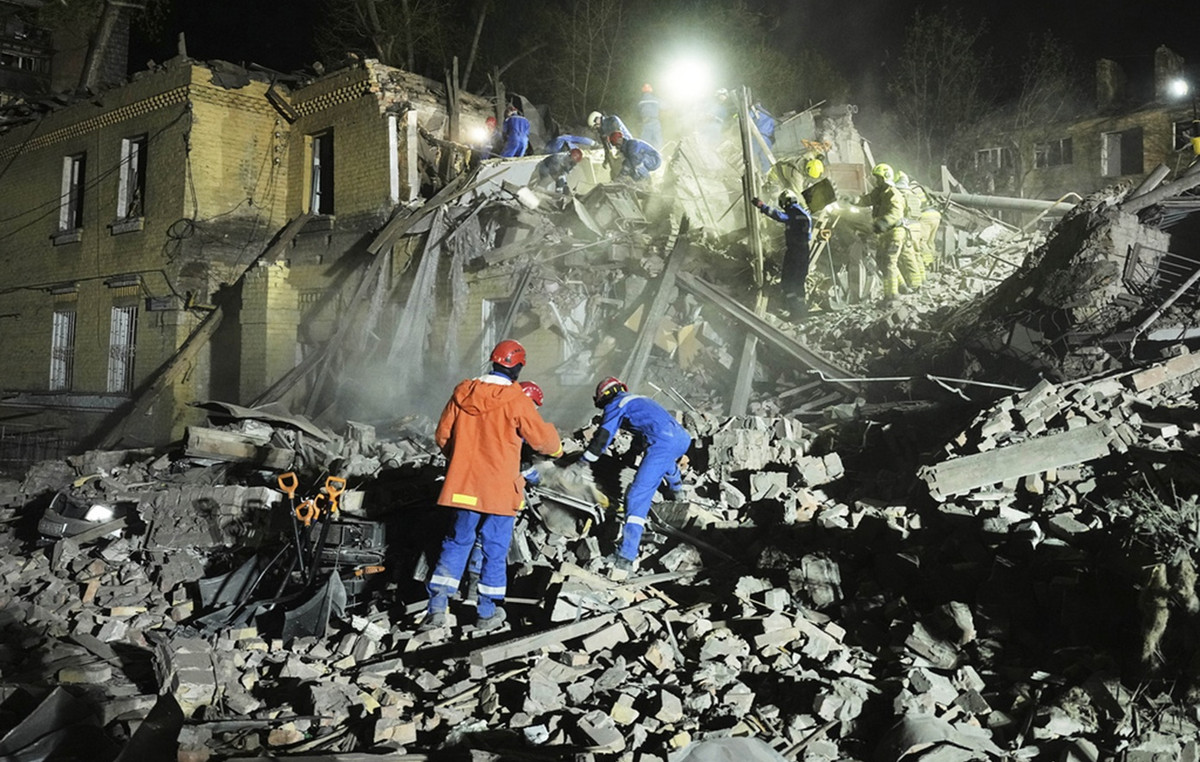The American pharmaceutical company Pfizer released, this Wednesday (8), the initial results of the laboratory study on the effects of its vaccine against Covid-19 in relation to the Ômicron variant of the coronavirus.
When applied in three doses, the immunizing agent is able to neutralize the variant. Compared to the two-dose schedule, there is a “significant” reduction in antibody titers against the Ômicron variant – but the vaccine is still able to protect against the development of serious disease.
“What has been proven in the laboratory is that the two doses of Pfizer protect around 80% against this variant. When the third dose is applied, the protection goes to more than 90%”, he told in an interview to CNN the physician Cristiano Zerbini, coordinator of Pfizer’s studies in Brazil.
“The third dose reduces the risk of disease caused by the Ômicron variant by around 25 times more than the two initial doses”, he added.
The initial data published by Pfizer, this Tuesday (8), come from an initial study carried out in the laboratory. In this situation, the defense cells continued to recognize the “Spike” protein of the Ômicron variant of the coronavirus. In this way, the maintenance of protection by the vaccine was guaranteed.
“We are obviously going to need field work. It is always important to have an observational study in the population. But the news is already very good. These laboratory data already show that the vaccine has the capacity to induce good immunity”, he said.
He points out that no serious case of Covid-19 caused by Ômicron has yet been registered, but it is necessary to ensure the maximum protection possible, and take the third dose. “It doesn’t mean that there can’t be [casos graves da Ômicron] in the future. Nobody can neglect. The more vaccines, we will have great protection for our population”, he stated.
The coordinator of the Pfizer studies highlights that a specific “improvement of the vaccine” is already being developed to combat the new strain. Zerbini’s estimate is that this update will reach the population by mid-2022, or perhaps a little earlier.
Reference: CNN Brasil







